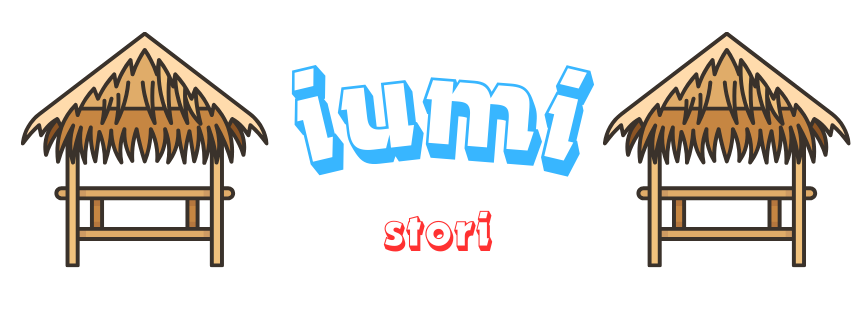A disturbing trend has emerged in Honiara, the capital of the Solomon Islands, where students are increasingly engaging in public fistfights while peers enthusiastically cheer them on. These brawls, often filmed and shared on social media, reveal more than mere adolescent recklessness—they signal a deeper crisis rooted in community fragmentation and systemic failures in education.

The spectacle of students brawling for entertainment shows a troubling normalization of aggression. When violence is met with applause rather than intervention, it reflects a generation getting used to conflict. This behavior points to a void in guidance, where young people resort to physical altercations to assert dominance or resolve disputes, lacking access to constructive alternatives.

Honiara’s social fabric is strained by poverty, unemployment, and a lack of youth-centric spaces. With limited recreational opportunities, violence becomes a perverse form of engagement. Economic hardship forces many parents into survival mode, leaving little capacity to mentor children or instill values. Traditional communal support systems, once vital in Solomon Islands culture, may be eroding, leaving youth adrift without positive role models.

Schools, already struggling with overcrowding and under-resourcing, struggle to address behavioral issues. Overburdened teachers often prioritize academics over social-emotional learning, leaving gaps in conflict resolution and empathy-building. The absence of structured programs to address anger management or peer mediation means disputes escalate unchecked. When schools fail to model nonviolent communication, students mirror the aggression they see elsewhere.

Addressing this crisis requires a multifaceted approach. Schools need funding for counselors, teacher training, and curricula that prioritize emotional intelligence. Community-led initiatives; such as sports leagues, mentorship programs, and arts workshops could redirect youthful energy into positive outlets. Reviving traditional conflict-resolution practices might also bridge cultural gaps.
Ultimately, Honiara’s youth violence is a symptom of systemic neglect. Without urgent investment in education and community infrastructure, this trend risks entrenching a cycle of violence, undermining the Solomon Islands’ future. The time to act is now, before cheers for fists turn into cries for help.
End////
Thoughts? Iumi stori



